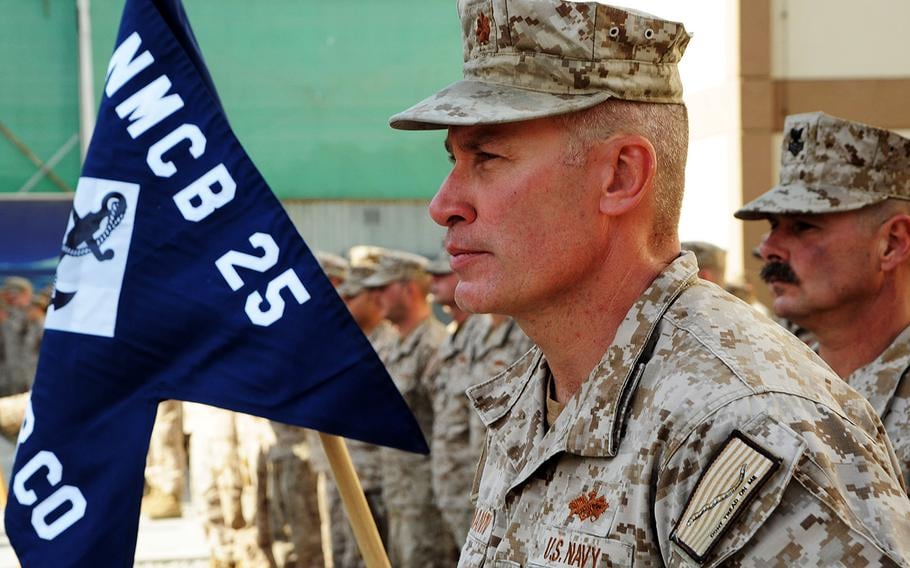On Nov. 3, Americans were joined by their Canadian neighbors in gathering anxiously around televisions to watch the election results roll in. Over the last four years the two countries have seen bitter disagreements over trade, hard words between leaders, and even the closure of the 5,500-mile-long border for the first time since Canadian Confederation in 1867. Sixty-eight percent of Canadians worried there would be a “complete breakdown of the political system in the U.S., leading to a period of social chaos,” according to a Leger poll. This seeming disconnect between key allies may seem concerning; however, our tradition of shared security interests and historical defense institutions bodes well for the transcension of such periods of disagreement.
Indeed, as global threat levels mount with the uncertain objectives of great power competitors, we can expect our instinctive and institutionalized ways of coming together as fellow North Americans to kick in once again to meet emerging challenges. Nowhere is that truer than in the rapidly opening Arctic, where there is both global strategic interest, but more importantly for the U.S. and Canada a requirement to defend shared sovereign interests across all domains that may be threatened.
Historically, the vast, ice-covered Arctic Ocean offered a natural barrier to commercial interests and international mischief in the region. Today, with that ice slowly melting away, unguarded avenues of approach are opening to adversaries old and new. This is particularly concerning when one considers that Russia has been highly focused on becoming a predominant military force in the Arctic, investing in ports, air bases and electronic warfare capabilities. Despite its northernmost point being 900 miles from the Arctic Circle, China too has invested billions in the Arctic and its areas of influence.
While Canada has long emphasized its sovereign interests in the High North, the United States is just rediscovering the Arctic’s strategic importance. U.S. coordinator for the Arctic region, James DeHart, called this summer “an important turning point for a more sustained and enduring U.S. commitment.” Over the past months, the White House has called for more icebreakers to facilitate economic and security activity, the Air Force has released its Arctic strategy, and the State Department has forged closer ties with Greenland and Denmark, providing more than $12 million in aid and opening a consulate in Nuuk. Even with all this progress, Secretary of State Mike Pompeo admitted that the U.S. “is late to the party.”
We must take advantage of our history and tradition of cooperation to make up for lost time. Of vital importance is the need to invest in all domain early warning. This will require modernizing the North Warning System (NWS) and closing gaps in Arctic communications, enhancing domain awareness, enabling infrastructure, and maintaining a more routine presence in and across the region. These are critical preparations for the threats and opportunities to come. This wouldn’t be the first time Canada and the U.S. have worked hand in hand to protect our shared values and territorial interests.
This rich relationship dates back 150 years, when the United States found itself wracked by civil war. More than 50,000 Canadians volunteered to serve in the Union Army to help preserve the political integrity of their closest neighbor, understanding that a strong United States holding parallel values and interests was critical to their own national security and identity as a free people.
During WWII, at a time when the Axis powers threatened the very notions of sovereignty and democracy, Canada and the United States fought side by side. More than 45,000 Canadians and 400,000 Americans died in the common fight for Western values and way of life.
And, more recently, we have the North American Aerospace Defense Command (NORAD) — a formidable and resilient defense partnership so integrated that no similar organization can be found anywhere else on the planet. Accountable to the governments and peoples of both the United States and Canada, NORAD has evolved and defended our countries since the Cold War, adapting continuously to face new threats and opportunities.
NORAD stands ever ready to guard against a multitude of challenges and threats, from protecting against Russian long-range bombers to global missile and maritime warnings, and developing protocols for denying commercial aviation as a weapon of choice for international terrorism.
Across the globe, Canadians and Americans serve together seamlessly. A shared history, a common purpose, and the certainty of a collective destiny compel the United States and Canada to continuously rise above passing policy differences. Without this unique cooperation, protection of North America and achievement of our providential futures, would not be possible.
The election recounts will soon be completed and the pandemic will eventually be behind us, but Canada and the U.S. will continue to rely upon one another for security, and prosperity. New uncertainties and disruptions will emerge, but the bedrock of our shared history and values will remain. The Canadian and American people should take comfort in these institutions of cooperation and solidarity. Let’s use a common vision and sense of unified purpose as we face the certainty of the Arctic opening and its inevitable exploitation. It is yet another opportunity to show the power of this North American partnership.
Tom Lawson is a retired Royal Canadian Air Force general who served as Canada’s chief of defence staff following a tour as deputy commander of NORAD. He is a strategic adviser to several international aerospace industries.
Charles H. Jacoby Jr. is a retired U.S. Army general who served as commander of U.S. Northern Command and North American Aerospace Defense Command. He is a senior strategic adviser to the Alaskan-based telecommunications company Quintillion and Distinguished Chair of the Modern War Institute.
Editor’s note: This is an Op-Ed and as such, the opinions expressed are those of the author. If you would like to respond, or have an editorial of your own you would like to submit, please contact Military Times managing editor Howard Altman, haltman@militarytimes.com.
Correction: This piece has been updated to accurately reflect the NORAD acronym.

